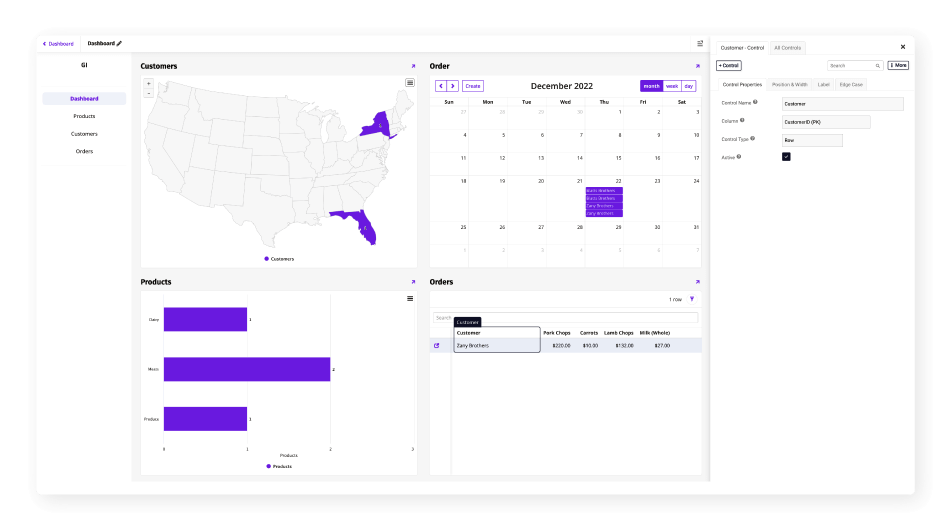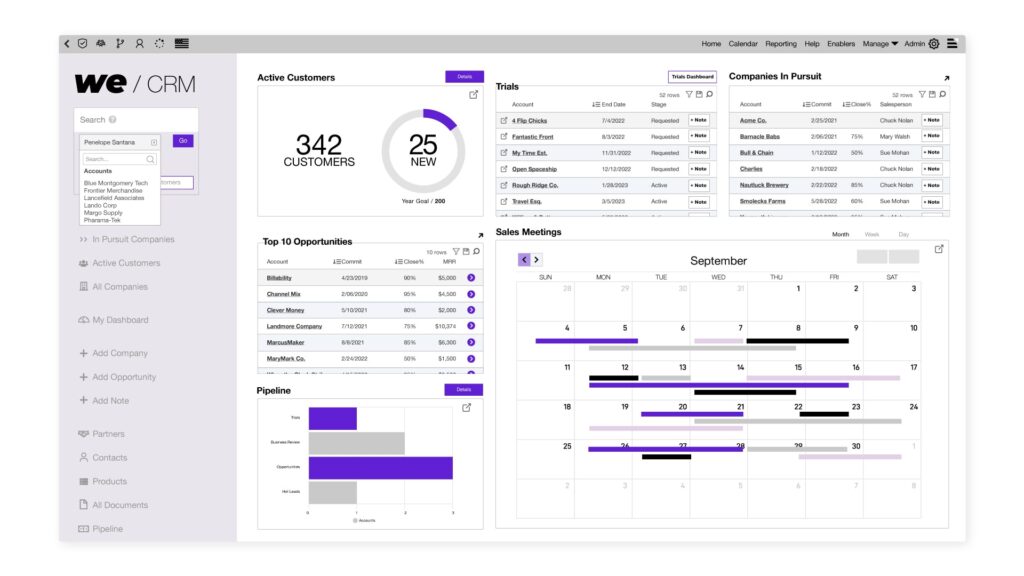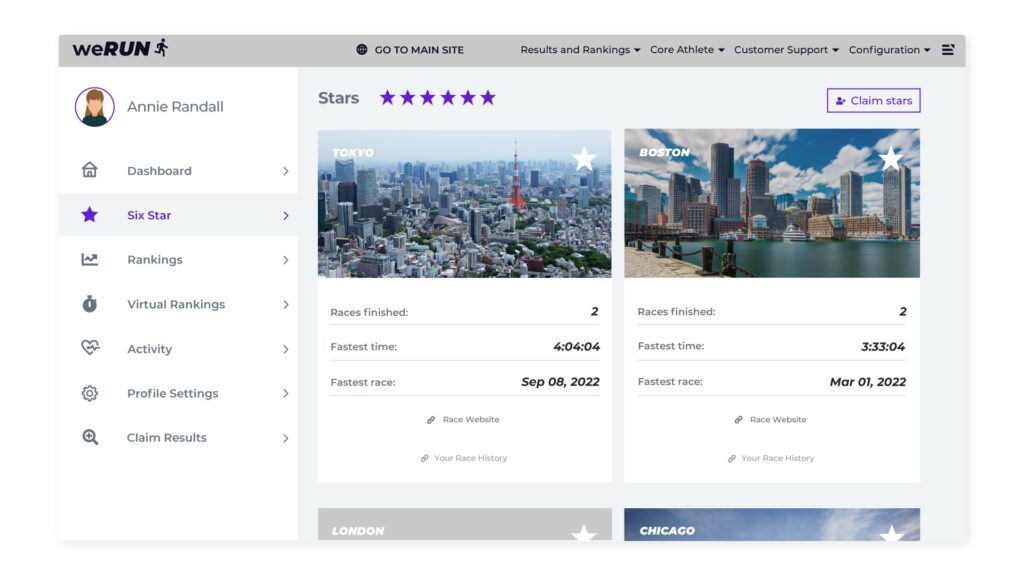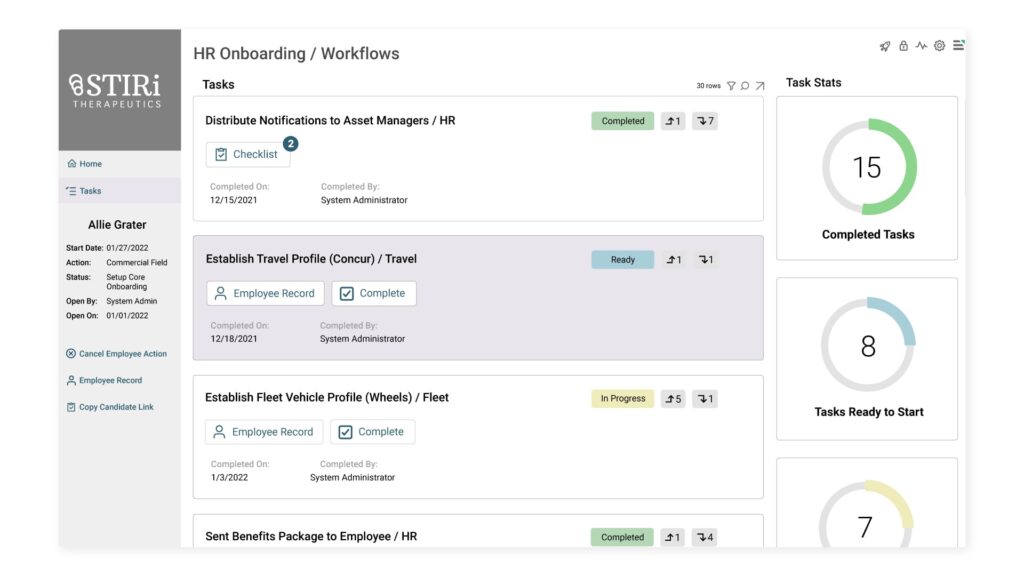Vinyl: Low-Code Application Development
Designed for organizations to solve complex business problems at scale

Build exactly what your business needs to succeed.
Low-code app development that empowers anyone to create fully integrated, bi-directional applications in weeks.
2018
2024
80%
16
Explore the platform
With Jitterbit’s low-code app development, full stack and citizen developers alike can create powerful, end-to-end, enterprise-grade applications with sophisticated logic, workflows, security, and integrations.

Unlimited potential
Remain ready for new opportunities with purpose-built applications with no per user fees. The ultimate flexibility and scalability to ensure you build what you need without restriction.
Connect your ecosystem
Integrate your entire ecosystem without impacting source data. Full cross-platform CRUD, real-time data integrations, and enterprise-grade security to support unlimited scalability.


Build and customize
Quickly build highly curated solutions for any use case, from simple forms and workflows to complex case management and CRM systems. Guided development, drag-and-drop functionality, and visual rule builders make it easy to build custom, low-code apps quickly and with fewer resources.
Choose your deployment
Deploy apps in your enterprise cloud, on-premise (running on Windows or Linux within Docker), or hosted by us, on Amazon Web Services (AWS), with an option to host in AWS GovCloud (US) if required.

Our Customers develop 10-30 apps a year on average, compared to 1-2 apps using traditional development.
Committed to our customers
A leader in enterprise low-code app development since 2018 and a G2 2023 Best Software Development Product recipient.
Accelerating Manufacturing Processes with Automation
Darn Tough
A leader in high-quality socks, Darn Tough Vermont shares how Jitterbit’s low-code application platform is helping automate processes throughout the shop floor. The results are impressive: eliminating manual tasks, enhancing cross-team collaboration, and unlocking data-driven insights.

Hear what others have to say
“Over the years, we have worked with many vendors and consultants on application development, but none of those companies even come close to Vinyl’s support team.”
– Michael R, CTO & Senior VP, Information Technology, Healthcare Supply Chain
Read more reviews on G2
“Vinyl has just made us a more efficient company. It has even made us a more compliant company. It has dramatically positioned our time to market. Vinyl really makes opportunities limitless because you can connect to just about any system and/or application.”
– Larry Egan, VP of IT, Information Technology, Alnylam Pharmaceuticals
Read more reviews on PeerSpot
Applications for every industry
Companies across industries use Vinyl to change the way they do business. Build custom applications that meet the unique needs of your company and industry
Customers achieve success
Low-code development to drive innovation and accelerate digital initiatives.
Use cases
- Forms / Workflows
- Dashboards / Analytics
- CRM / CMS
- Intranets / Customer Portals
- Compliance
- Procurement / Transactional
- Multi-Tenant
- Mission Critical, and many more















